| Pltm/Museum Home Page |
History of Our Facility | Show Schedule | Museum | Plan a Visit | Location/Map | What's Up? | For Teachers |
PHM Planetarium &
Air/Space Museum
Transit of Mercury
The PHM Planetarium celebrated the 2006 transit of Mercury, when the silhouette of Mercury was visible by day as it passes directly between the earth and the sun! Images of the event are at mercury-images.htm.
Tuesday, November 7, at 6:30 p.m.
A special program in the planetarium conveyed the significance of the transit, what observers can expect to see, and insight into the planet closest to the sun. Three transit of Mercury artifacts (below) were on display.Wednesday, November 8, from 1:00 p.m. to about 5:00 p.m.
Because Mercury's apparent diameter is so small, seeing the transit requires a magnified view through a proper solar filter. The planetarium and local amateur astronomers had a variety of solar-filtered telescopes available for the public to view the transit live. All programs were free.Thank you, Lou, Linda, and Nick, for your support with the visiting observers.
 http://www.spaceweather.com/mercury/index.php
http://www.spaceweather.com/mercury/index.php
Bring your art supplies so you can enter your photo or drawing of the transit of Mercury as seen through a
Hydrogen-alpha telescope in this contest. Submissions are due November 13,
2006. AstroCamp
at YMCA Camp Eberhart will kindly provide the H-alpha telescope used outside
the PHM Planetarium.
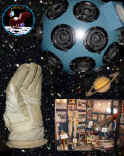 The PHM Planetarium & Air/Space Museum will have
three transit of Mercury items on display:
The PHM Planetarium & Air/Space Museum will have
three transit of Mercury items on display:
-Atlas Coelestis, Plate 7 by Johann Doppelmayer, 1742;-Durchgang de Mercur by Wilhelm Nitschke, ca.1852;
-Reports on Telescopic Observations of the Transit of Mercury, May 5-6, 1878 by the US Naval Observatory.
|
|
Durchgang de Mercur by Wilhelm Nitschke, ca.1852. |
|
|
During the transit, Mercury appears as a tiny dot slowly gliding across the face of the sun. In 1716, young astronomer Edmund Halley witnessed a transit of Mercury and recognized that a transit of an inferior planet could be used mathematically to measure the distances of the planets from the sun. Decades later he advocated using a transit of Venus to quantify the size of the solar system. See www.transitofvenus.org/sitemap.htm for more details about these rare celestial alignments.
Located at Bittersweet School just north of Penn High School, the planetarium featured extensive programs and observing opportunities for the 2004 transit of Venus. The next transit of Venus will be in June 2012; the next transit of Mercury will be in May 2016.
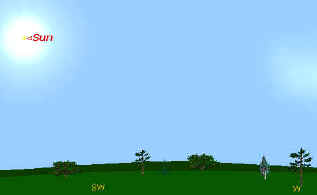
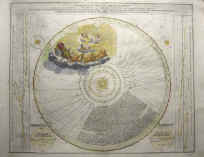
 Doppel1448.jpg
Doppel1448.jpg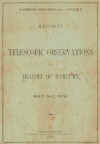 mercury1878cover.jpg
mercury1878cover.jpg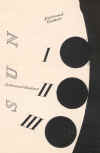 mercury-1878fig2.jpg
mercury-1878fig2.jpg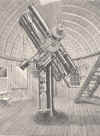 mercury-draper_obs.jpg
mercury-draper_obs.jpg mercury-irradiation.jpg
mercury-irradiation.jpg